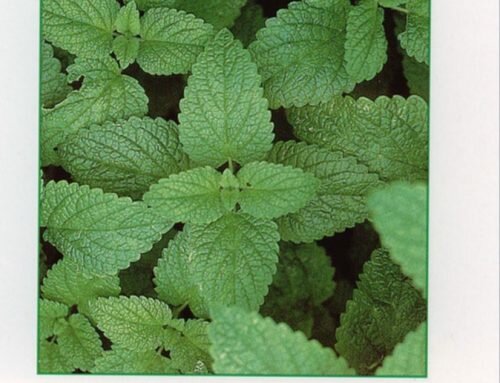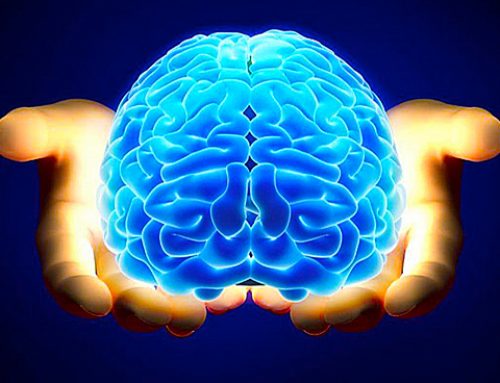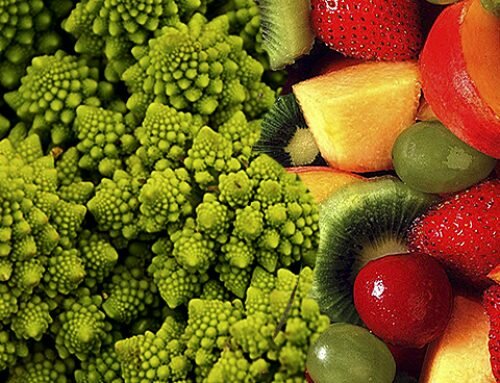A study in mice examined whether chronic (long-term) administration of Echinacea extract from youth to senescence was able to increase the longevity and well-being of immunocompetent cells as it is known that the activity of these cells are critical for survival and longevity.
The animals were fed 2 mg of Echinacea extract per day or a placebo for their entire lives and were kept on a free diet. After 10 months, the survival of these animals was evaluated, 79% in the placebo group and 100% in the Echinacea group. After 13 months, the survival results were 46% in the placebo group and 74% in the Echinacea.
Given that humans are 97% genetically in common with mice and that virtually all our basic physiology is identical it could be justified to extrapolate these results to humans also. (Evid Based Complement Alternat Med. 2005 September; 2(3): 309–314. doi: 10.1093/ecam/neh118 Echinacea: a Miracle Herb against Aging and Cancer? Evidence In vivo in Mice Sandra C. Miller)
Interleukins more sensitive to the action of Echinacea are the interleukin 1 (IL-1), interleukin 6 (IL-6) and interleukin 10 (IL-10). What seems particularly important is the increase of the production of interleukin 10 because it plays a primary role in the stimulation of lymphocytes (cells fundamental to the processes of immunity). The increase of all these parameters regarding immunity reaches the maximum after about 4 hours following oral administration of the extract of Echinacea and remains on statistically significant levels for about 8 hours. The juice from the aerial parts and extracts of the roots have proven to produce significant antiviral actions. This characteristic is attributable to the overall immunostimulant effect as well as its ability to inhibit the hyaluronidase enzyme that degrades hyaluronic acid in its fundamental constituents. In addition to representing an essential nutrient for articular cartilages, this polysaccharide is part of the composition of the connective tissue, which regulates permeability. Many pathogenic microorganisms, as well as the poisons of snakes, bees and scorpions, contain large amounts of hyaluronidase. This facilitates tissue penetration and, consequently, the pathogenic action. Here then is Echinacea, inactivating this enzyme, protecting the body from the bites of snakes, some viruses and aging due to a decrease of hyaluronic dermal acid.
According to a statement by the Irish Medicines Board (IMB), the use of Echinacea in herbal medicine should be banned for children under 12 years because it could produce side effects and allergies. Along the same lines the Medicines and Healthcare products Regulatory Agency (MHRA) has also expressed itself, both decisions appear to have been influenced by the Committee for Medicinal Products at the European Medicines Agency. (Does science or the law of the market have more value?).






Scrivi un commento